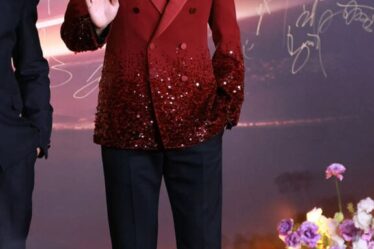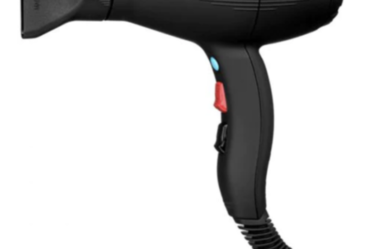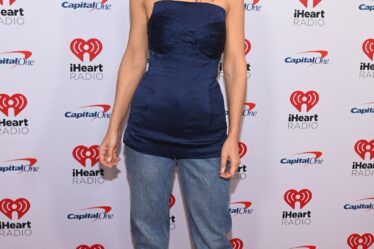
The French cosmetics giant, which owns the Maybelline and Lancôme brands, reported sales of 11.24 billion euros ($11.98 billion) for the first three months to the end of March.
The sales growth exceeded a consensus of a 6.1 percent rise cited by analysts at Jefferies. Sales were up 8.3 percent on a reported basis.
L’Oréal, the world’s biggest beauty company, said sales in both North America and Europe grew by more than 12 percent, as its mass market range and dermatological products compensated for weakness in the luxury segment.
The West “continues to power on,” Jefferies analysts said following the results, adding North America had defied weakening scanner data and downbeat retailer commentary.
US retailer Ulta Beauty earlier this month rattled the market with comment about a faster-than-expected slowdown in the United States that hit shares across the sector.
Following Thursday’s results, L’Oréal’s American depositary receipts (ADRs) gained as much as 6.5 percent in New York trading, while shares in US rivals Estée Lauder and Coty also rose.
Consumer Products
L’Oréal said its consumer products division, which includes its L’Oréal Paris range of mascaras and Elvive hair gloss and accounts for more than a third of its revenues, grew 11.1 percent on a like-for-like basis.
The company benefited from higher volumes as well as value in the unit, with strong demand in Europe and emerging markets.
The smaller but fast-growing dermatological beauty unit, which sells La Roche-Posay and Cerave skincare, grew 21.9 percent, as it continued to benefit from medical recommendations.
Sales in the luxury division that markets fragrances such as YSL’s Libre and Aesop products acquired last year, grew by 1.8 percent, beating expectations for a decline, as strong growth in Europe and North America helped offset softness in North Asia.
North Asia suffered from an unfavourable comparison base in travel retail and sluggish market growth in mainland China, the company said.
Jefferies analysts said travel retail sales were also dented by a Chinese government crackdown on resellers of foreign consumer products, known as “daigou”.
L’Oréal has the biggest share of China’s luxury beauty market, or about 34 percent, Chief Executive Nicolas Hieronimus told analysts on a call.
“We are unhappy about the fact that this market is not rebounding the way we expected it to rebound,” he said, but added that the company is still outperforming the market.
The company grew 6.2 percent in China, compared to less than 1 percent in the broader market, he said.
Shares in L’Oréal, Europe’s sixth-most valuable listed company, with a market capitalisation of about 220 billion euro ($234.26 billion), have lost 6 percent so far this year, compared to a 5 percent fall at US peer Estée Lauder.
This article was written by Dominique Patton and Mimosa Spencer from Reuters and was legally licensed through the DiveMarketplace by Industry Dive. Please direct all licensing questions to legal@industrydive.com.
Learn more:
Ulta Beauty’s Annual Profit Forecast Misses Estimates as Costs Climb
The company’s shares fell 4.5 percent in extended trading.



